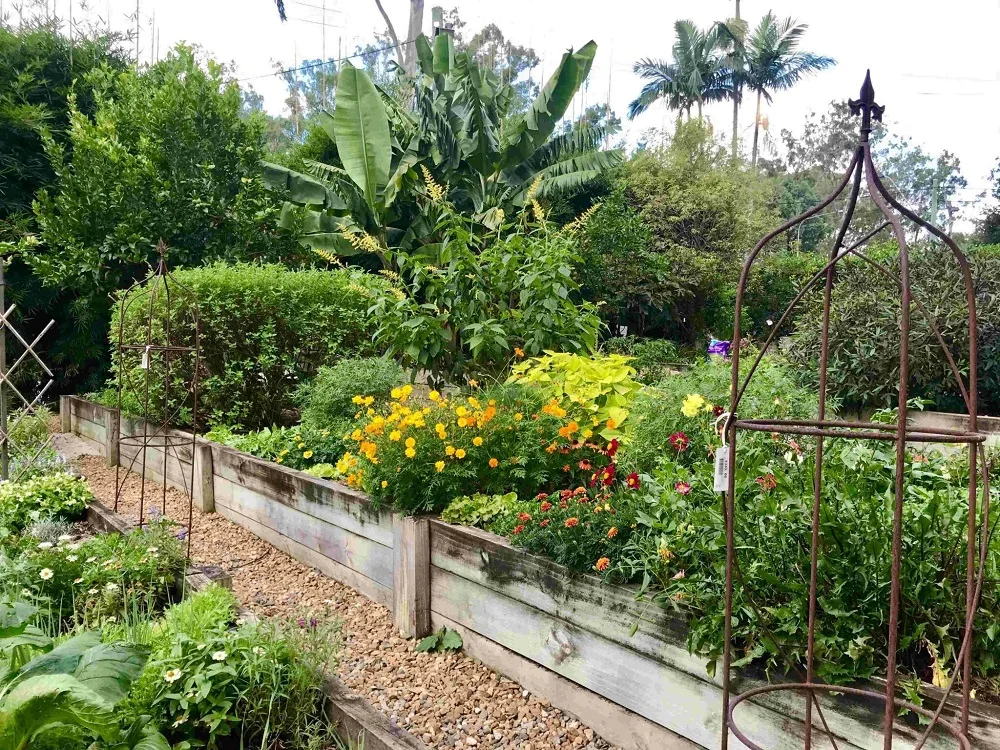Just in time for summer, horticulturist Claire Bickle explains how to keep that summer harvest rolling in with a range of well-known veggie favourites that just love the heat and humidity.
Veggie Patch Success 101
Step One
A full sun location and soil preparation are the key to any edible garden success, no matter the season. Start by adding good quantities of organic matter in the form of well-rotted animal manures such as cow, chicken, horse, alpaca or sheep. Compost (home-made or bought) and mushroom compost can be useful. Worm casting are great too; these can be bought in bags or come straight from your own worm farm.
Before and during planting, it’s also important to add fertiliser such as pelletised manure with blood and bone and seaweed extract. Water in well.
Step Two
When it comes to mulching, I find it easiest to do this before planting. Why? Because placing mulch in and around a sea of small delicate seedlings can be quite time consuming. I prefer to just easily create a space in the mulch at planting time. If you’re sowing seeds, sow them first into the bare soil and then just sprinkle a light covering of fine mulch – not too thickly as this will hinder seed germination.
Step Three
After planting, it is always advised to water your seedlings and seeds in with a liquid seaweed and or fish emulsion. This will increase germination rates and reduce transplant shock of newly planted seedlings. Both seaweed and fish emulsion will also help increase beneficial fungi and microbial activity within your soil.
What Else?
Fertilising
Liquid fertilising and seaweed applications can be done every 2-4 weeks throughout the growing season. Side dressings of organic fertilisers are required throughout the season to ensure best growth and optimal harvests. If there has been high rainfall, more fertilising will be needed as this will leach nutrients out of the soil profile more quickly than if it is a dry summer.
When to water?
Do not water in the heat of the day – this actually puts more stress on your plants.
Either water early in the morning or late in the afternoon. In saying that, I find it better to water early in the morning. This way, the plants have all day for moisture on the foliage to dry out before the cool of the night. If cucurbits have damp foliage overnight, this encourages fungal diseases like powdery mildew to get a foothold. A variety of blights and fungal issues on vegetables in the Solanaceae family can happen for the same reason.
Why Mulch?
Mulching reduces moisture evaporation from your soil profile, suppresses weeds and slows rainfall, which prevents erosion and helps to maintain an even soil temperature. In simple terms, it acts like a blanket.
The best mulches to use on an edibles garden are sugarcane, lucerne and pea straw. As these mulches break down, they add nutrients and organic matter to the soil profile. Re-mulch as needed.
What to plant now?
Sweet Corn: There are many varieties of sweet corn and maize to grow. Remember they need to be planted in a block of around 12 plants minimum for wind pollination to occur and cobs to form. Regular water is key for your cobs to fill out evenly and completely with kernels.
The Cucurbits
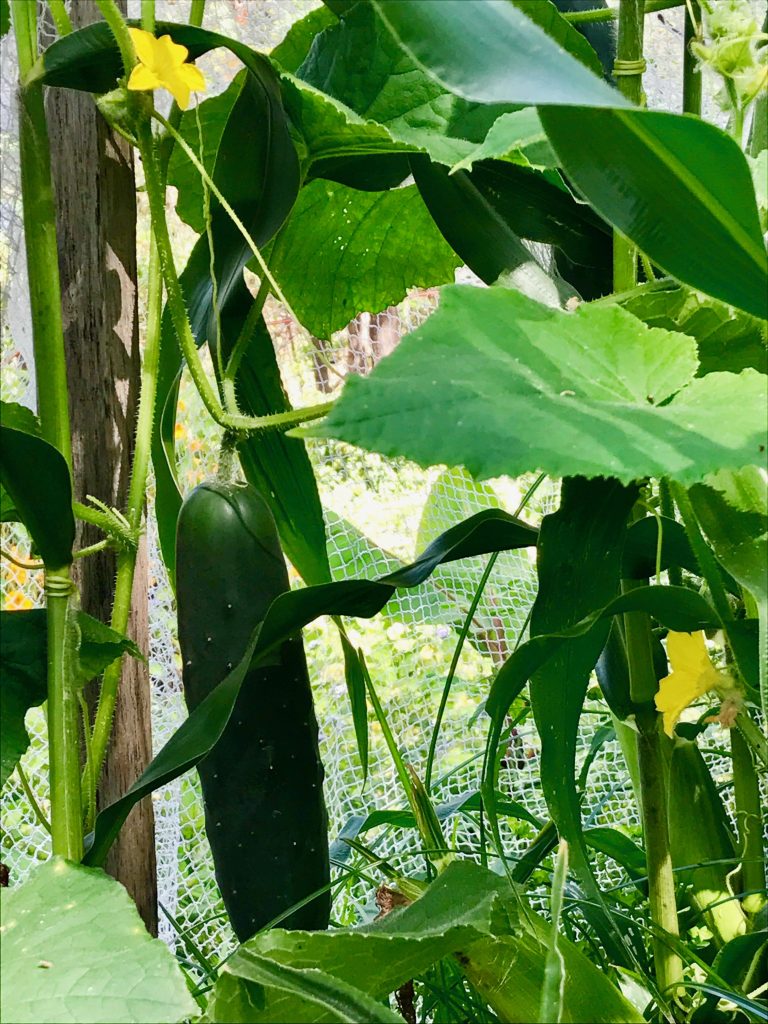
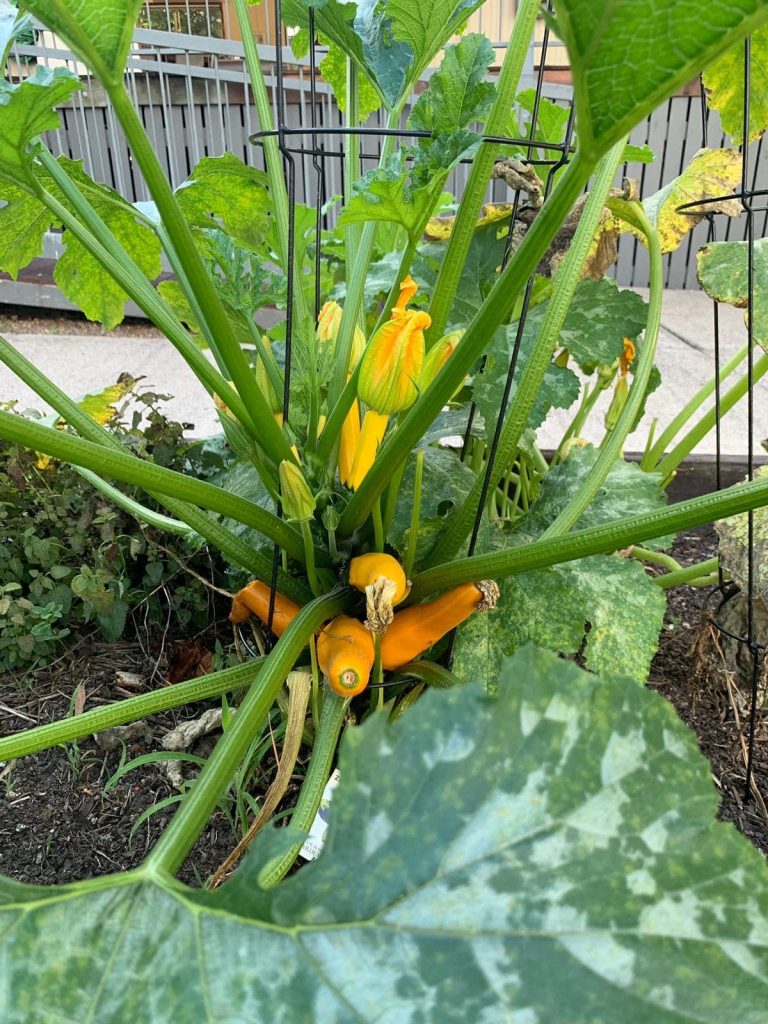
Zucchini: Black, yellow, striped, Lebanese and round are just a few of the varieties of zucchini available to the home gardener.
Keep an eye out for blossom end rot. This is where the end of the zucchini rots before fully forming. This can be due to issues with calcium uptake because of inconsistent watering, poor pollination, or even a calcium deficiency. In the latter case, you should add garden lime to treat the issue.
Remember, zucchini flowers are also edible. And for those zucchini that you miss and have turned into mammoths, consider stuffing them instead of trying to eat them as is!
Squash: Yellow, green and white forms of button squash are my favourite. I find squash picked when they are quite small to be more flavoursome. They become quite woody when left to get too large.
Cucumbers: Varieties include bush gherkin pickle, crystal apple, Lebanese, long green, African horned, white, Armenian … the list goes on. Cucumbers can be either grown trailing along the ground or trained up a small trellis.
Melons and Pumpkins:
There are many rockmelon, pumpkin and watermelon varieties to choose from. These cucurbits are generally large sprawling vines that grow along the ground, so adequate space is needed for them to grow successfully. I have seen some folks grow them on trellises, but they will need to be sturdy to take the weight of the mature fruit.
All are best planted as seed directly into the garden.
The Solanaceae Family
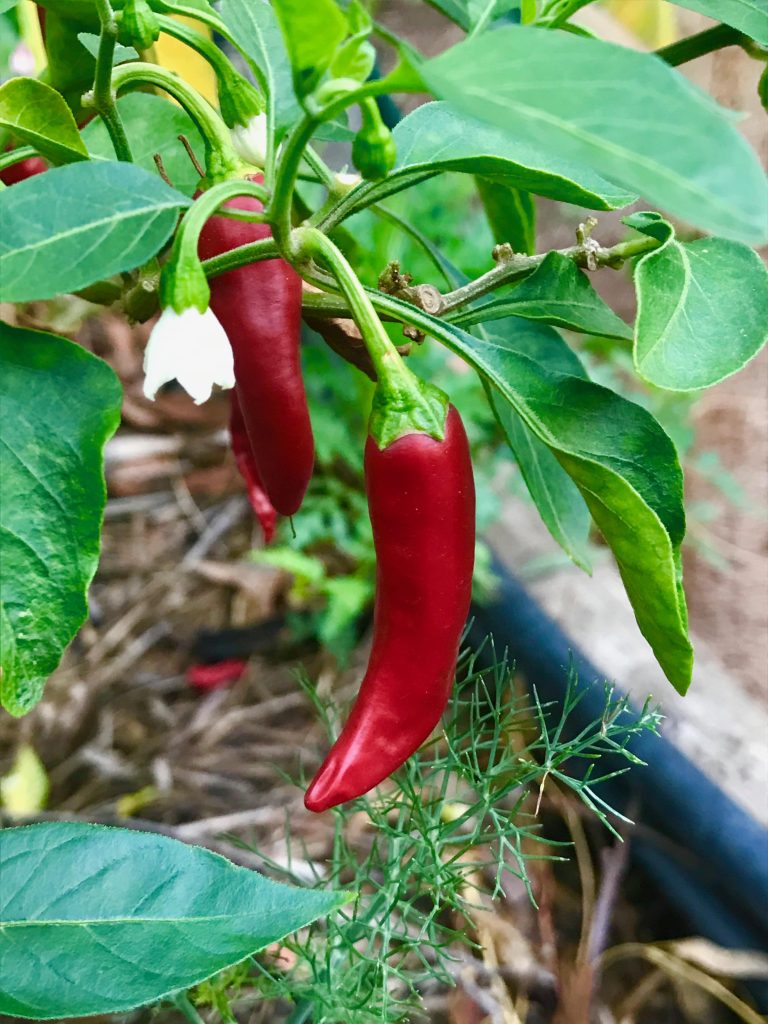
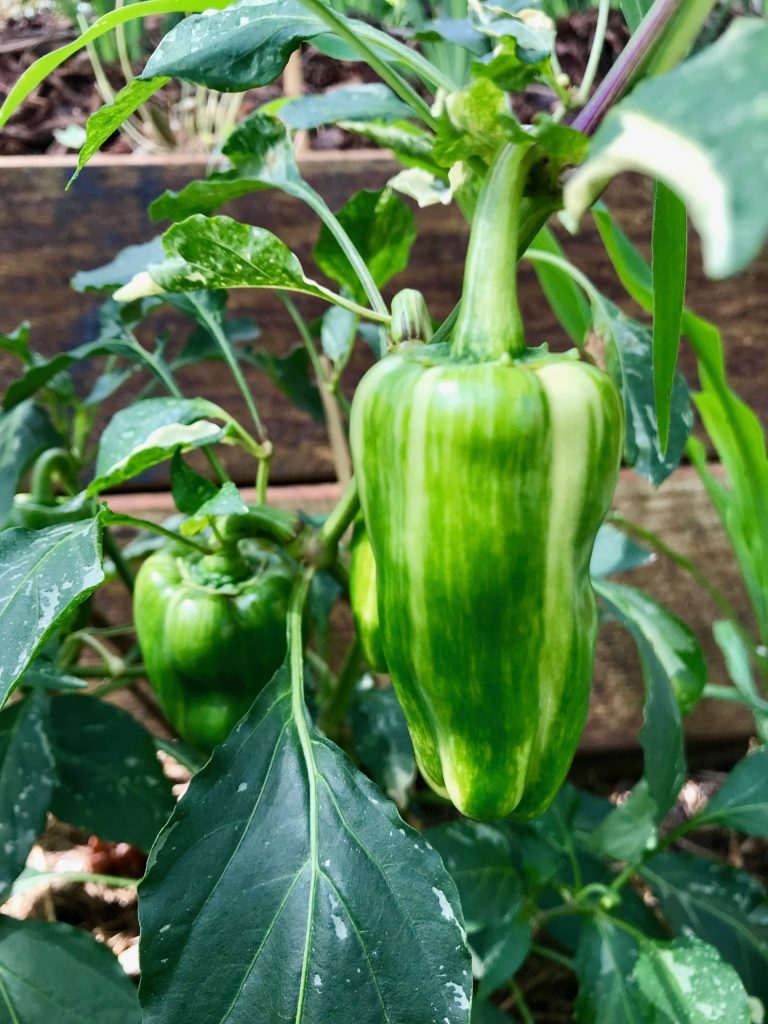
Chilli, Capsicums and Tomatoes
All can be grown in the subtropics throughout the summer. You need to be on the lookout for the Queensland fruit fly attack. These pests love the thin skins of a huge array of our vegetable and fruiting crops. Summer is when they are most prevalent. Protect fruit by placing fruit fly exclusion bags over them as they set, straight after flower drop. You can also hang up fruit traps and apply baits like eco-natralure to nearby shrubs or fencing.
Eggplants
Drought-hardy and easy to grow, the aubergine is an under-utilised vegetable I reckon. Coming in white, purple, pink, yellow, striped, green and red, there’s an eggplant for everyone. Keep an eye out for mites, and if they show up use an organic spray such as eco-oil to keep them in check.
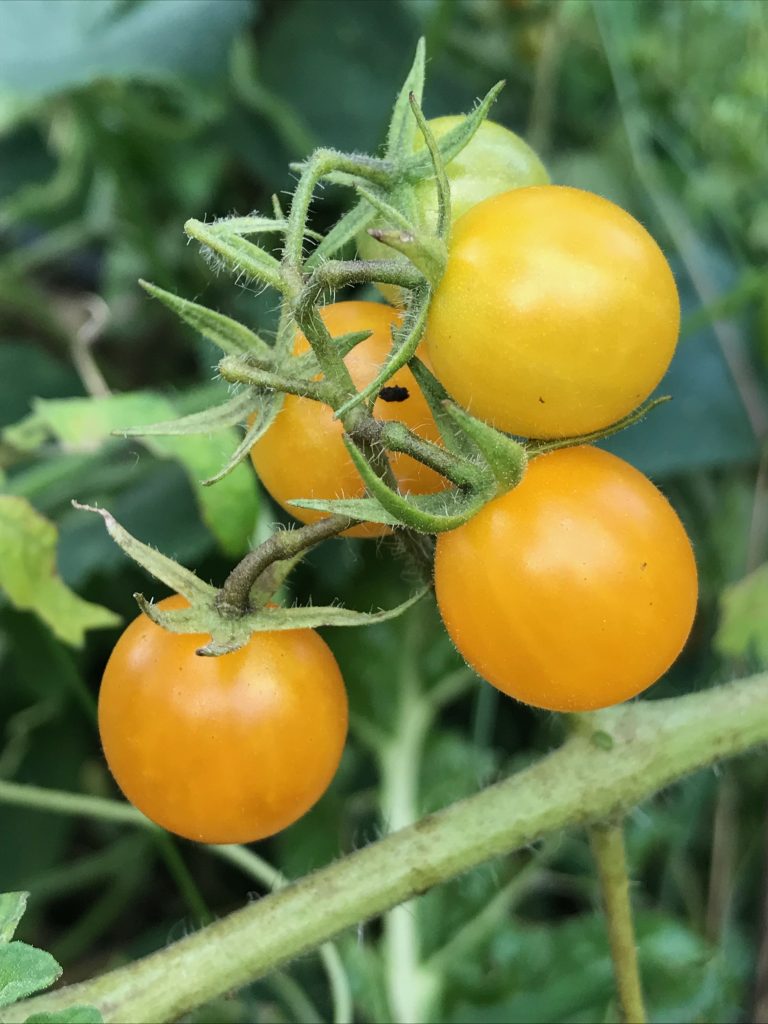
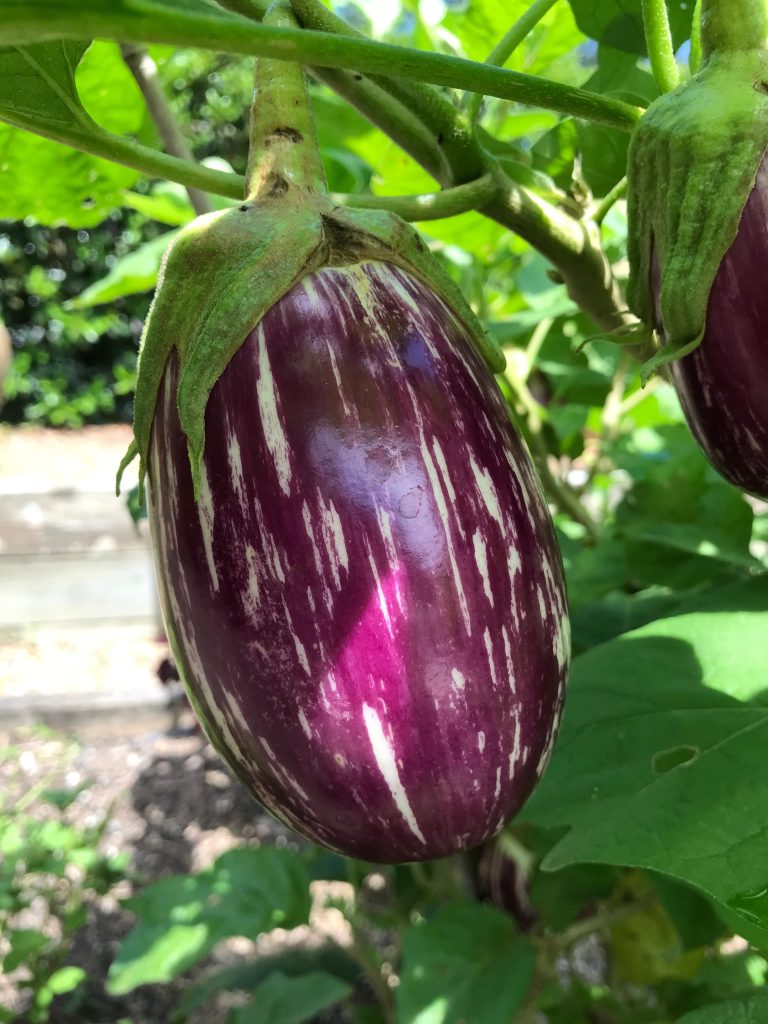
What else can you grow from the ‘Mixed Vegetable Bag’?
Snake beans
Most beans are best grown in autumn and early spring in the subtropics, but the snake bean thrives in the summer heat. You can get dwarf and climbing forms. Plus, red or green bean pods.
Shallots/Spring Onions
These are really year rounders in the subtropics. Apply dolomite or garden lime before planting to ensure the soil pH is slightly sweet.
Rosellas
It’s not too late to get some rosellas in. These are an annual hibiscus shrub growing to 1-1.5m
The flowers are a lovely lemon colour but it’s the fruit that comes afterwards that are the real gems. It’s these leathery red calyx fruit that are turned into jelly and jam when harvesting occurs from late summer and into autumn.
Okra
For those that like okra soup! Now’s the time to pop these guys in. You can get green and burgundy forms and they generally grow 60-100cm tall. Hailing from Ethiopia they are very easy to grow, and it is the pods that are used in a variety of savoury culinary dishes.
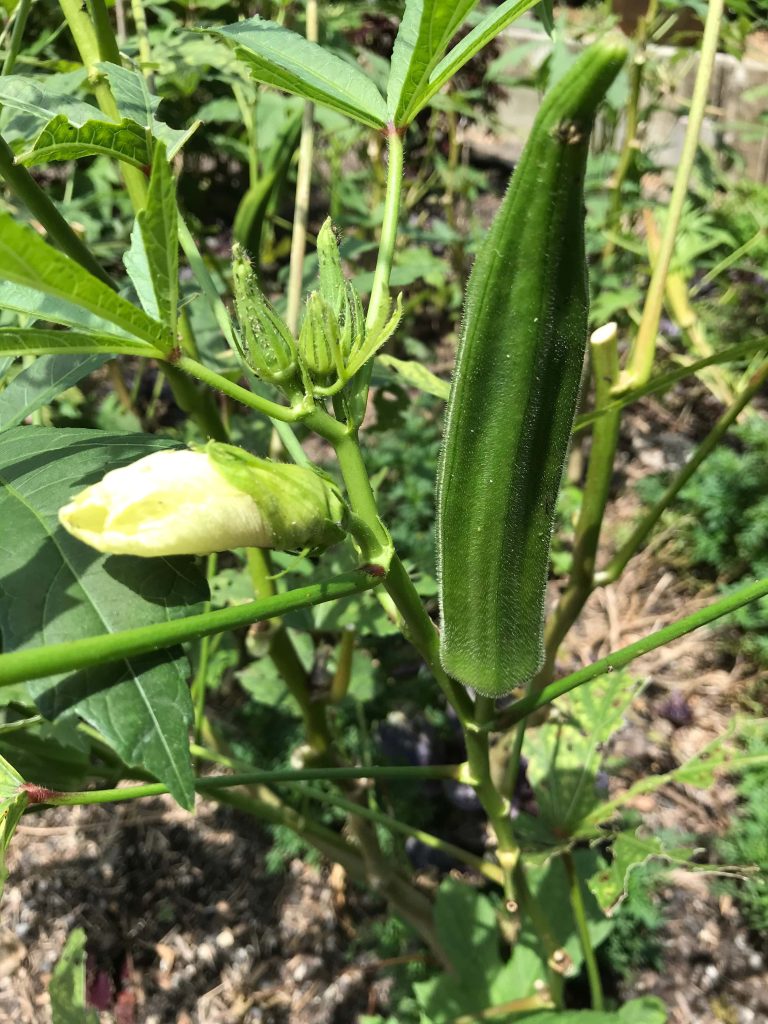
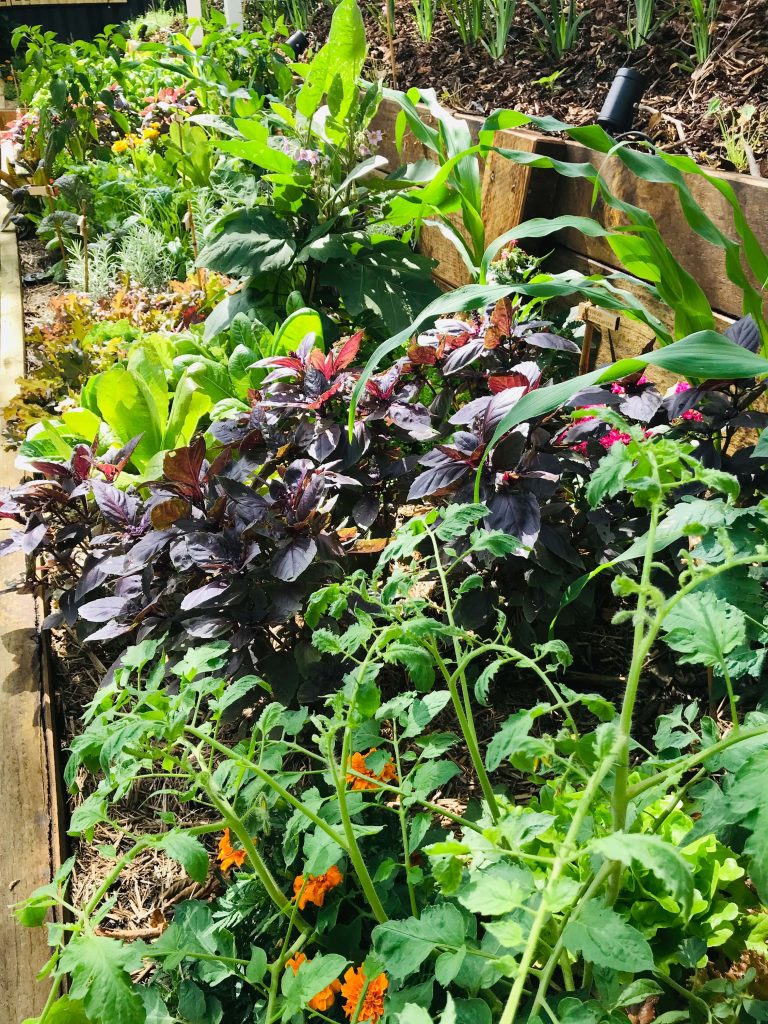
About Claire Bickle
Claire Bickle is a Brisbane-based qualified horticulturist with 30 years’ experience. She is passionate about all things horticultural, gardening and sustainability. She is a regular ABC radio presenter, workshop facilitator, educator, writer, speaker and garden tour leader.
Facebook: Claire Bickle Gardening for the Goodlife
Instagram: @clairebicklesgoodlife

